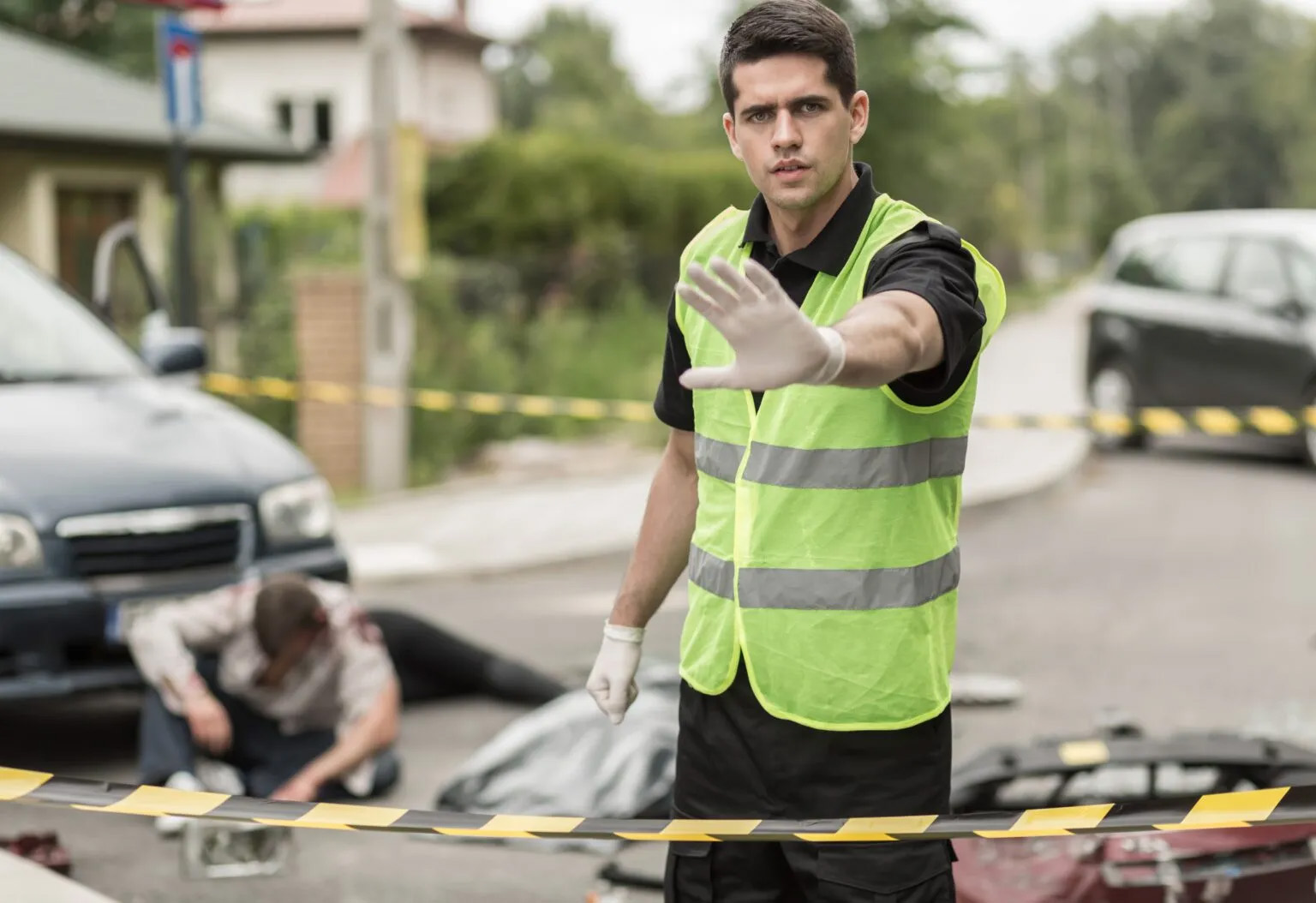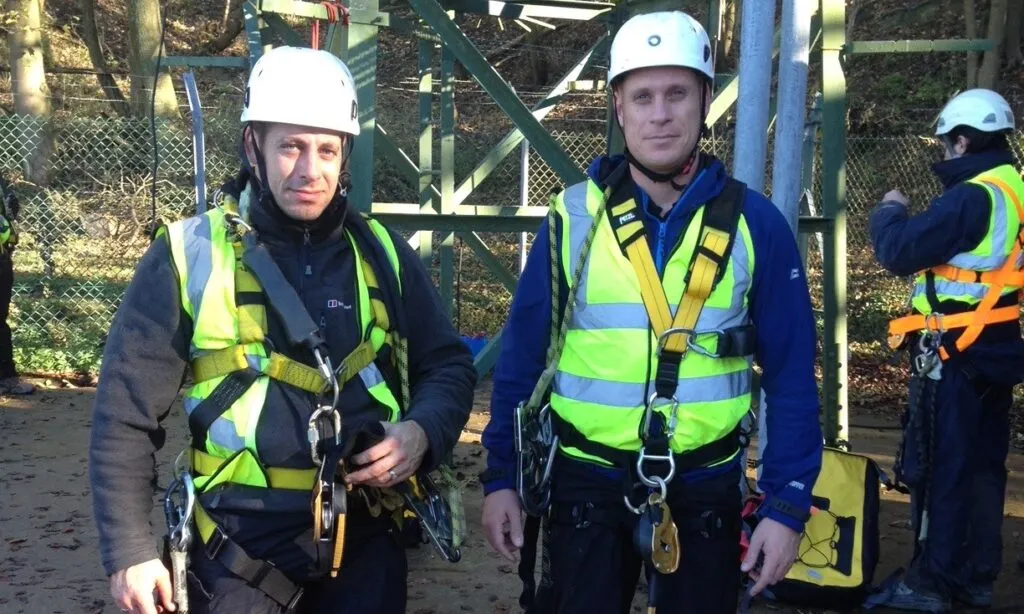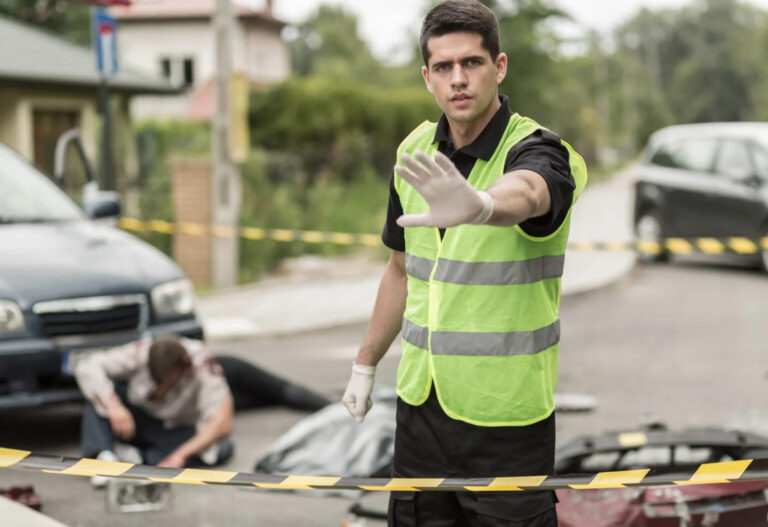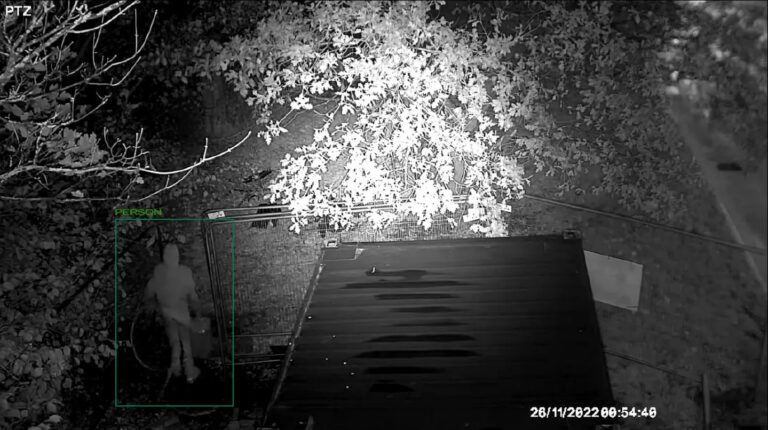Specialist Protest Management Teams
There has never been such a need as there is now for Specialist Protest Management Teams. This level of service is dedicated to providing protestor management and removal. The solution can be used in any industry and across many different environments, including land and sea.
Protest Management
What do we mean by Protest Management?
When people think of protestors, they sometimes picture long haired peace loving groups of people. Often believing that such groups are unorganised and ill prepared. The reality is much different with protest related groups and we can find various levels of commitment and organisation within such groups. Protestor management is a term used when dealing with protests, and includes the approach, tactics and manpower. If we are to be successful in terms of protest management, then we must be equally if not more organised and prepared than the actual protest groups.
Approaches to Protest Management
Many organisations and security companies have different approaches to dealing with protests. Over the years approaches have changed from all out physical intervention to more conflict reduction approaches. Where protest teams would forcefully remove protestors without consideration for their safety in the early days, it is now much more safety orientated. This includes the safety of the protestors themselves, the public, and workers.
As protests have increased over recent years, there has been much learning undertaken on how best to approach a protest situation. Many Police forces have written documents providing insight and feedback on their experiences of protests. Organisations have learnt and explored what approach is best or whether a single approach suits all protest situations or not. There can be many variables when dealing with protest situations meaning that not all approaches suit all protests.
The main consideration is safety, and how to keep protestors, the public, workers and sub-contractors safe at all times.
Protest Management Tactics
Without identifying every tactic for the safe removal of protestors, this post only highlights some of the most useful tactics in terms of protest management. At the core of protest management solutions, there must be a safe approach to delivering these services. Not just protecting our own officers, but ensuring that the public and those protesting remain safe throughout the process. There are many tactics that protestors can use themselves with the main aim being to delay and deny the Police or security teams removing them. This can be through the use of intricate locking systems, underground tunnelling and securing themselves at height. Each of these examples requires a planned and experienced response in order to remove protestors safely and securely. We can also witness protest situations in a marine environment at sea, which in itself causes a specific and tailored approach.
Training
Basic Level of Training
From the outset there should be a basic level of training for any person involved in protest management. This is true of the Police and for private security company’s. The security industry in the UK is governed by the Security Industry Authority and the Private Security Industry Act (2001). For private security companies then it is recommended for staff to have at least Door Supervisor training or Close Protection training as both these qualifications include Conflict Management and Physical Intervention. This provides a good base level of training for those responsible for protest incidents. However, this should only be seen as the basic level of training, in line with government requirements for providing security services.
Enhanced Training
We believe that enhanced training is needed to ensure that protest situations are managed and concluded effectively and safely. This is why we invest in developing and delivering enhanced training to our teams. We conduct regular skills training which includes scenario based training focusing on cutting techniques, rescue techniques and general de-escalation scenarios.
We also invest by sending our teams to conduct specialist training, including confined spaces training, working at heights training, medical training (FREC 3), and other industry courses. We also undergo specialist marine and water training.
Our aim from our training strategy is to provide the most qualified and experienced personnel to assist in our clients protest management needs.
Resources
Having access to the correct resources is critical for any protest situation. There are various resources required from vehicles through to specialist climb equipment. We have invested heavily in all areas of protest management.
Resources we have available include:
- Specialist security vehicles
- Safety equipment
- Cutting equipment
- Diving equipment
- Personal officer equipment and clothing
- Communication systems
- Medical equipment (personal, vehicle and team kits)
One of our main resources is our staff. Having specifically trained personnel to deal with such incidents is key and this is why we train and equip our Public Safety Officers to manage and resolve incidents professionally.
Summary
As protests become more frequent and targeted at various industries and organisations, it is vital to be able to manage and conclude these protests in a safe and secure manner. There is much more to protest management than just the deployment of specialist staff, including gathering and building intelligence in support of physical operations, continual training of staff, and learning from past experiences.
Protest management is not about being heavy handed and removing protestors at every opportunity. It is about identifying when a valid protest starts to cause safety and operational issues to those targeted, whereby the protest threatens critical operations and/or safety of the public and staff. It’s about communicating with those partaking in the protest and in many cases showing empathy and understanding in their plight.
If we understand this and have the highest level of trained and equipped staff, then we can become more effective at concluding protest situations safely, whilst protecting people, property, and reputations.









 by
by 

